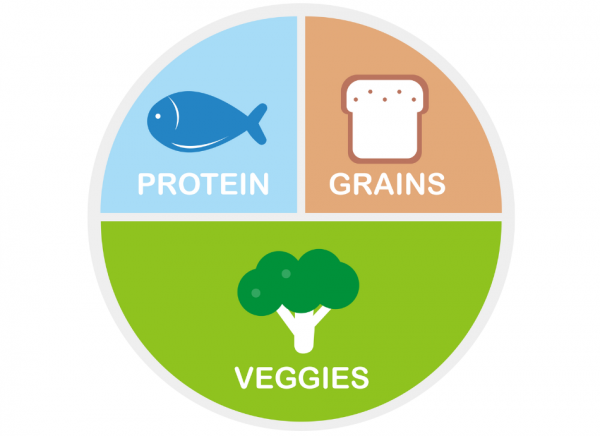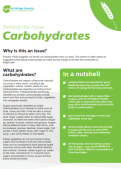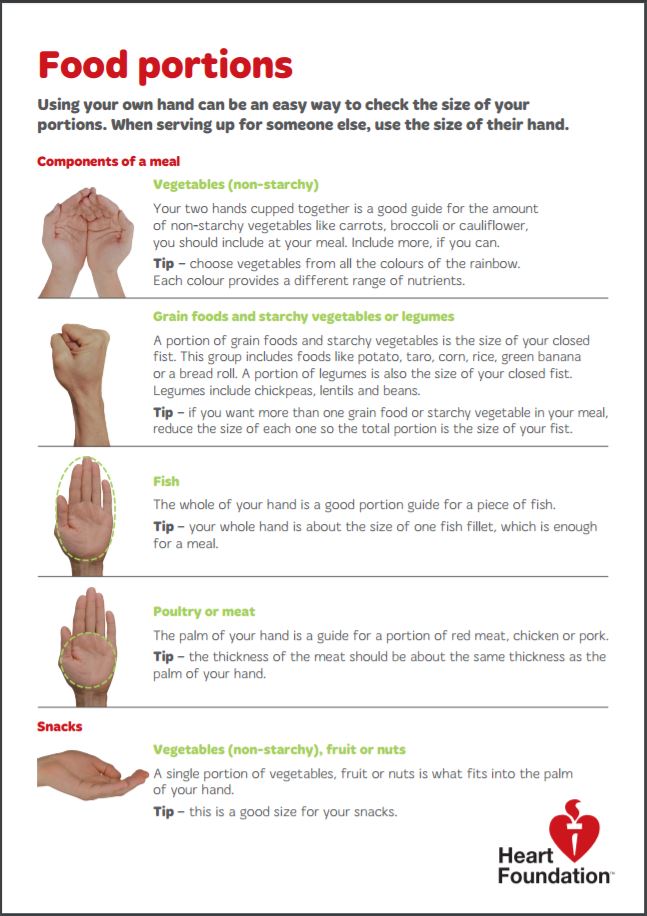Carbohydrate is a macronutrient and one of the main sources of energy in our diet. When carbohydrate-containing foods are digested, they're broken down into glucose which is absorbed into your bloodstream. It's then transported around the cells of your body. It can be used straight away to fuel your current activity. If you have more glucose than you need, it's stored in your liver, muscles and cells so you body can use it later, or it's turned into fat.
There are 3 types of carbohydrates:
- Sugar is the simplest form and is found in table sugar, fruit, vegetables and milk products. It's also added to some processed foods, such as biscuits, sugary drinks and sweets.
- Starch is a complex carbohydrate that's broken down and digested more slowly than simple sugars. It's found in vegetables and grains.
- Fibre is also a complex carbohydrate found in fruit, vegetables, whole grains, legumes, nuts and seeds. It's recommended that women have at least 25 g and men have 30 g of fibre each day.











